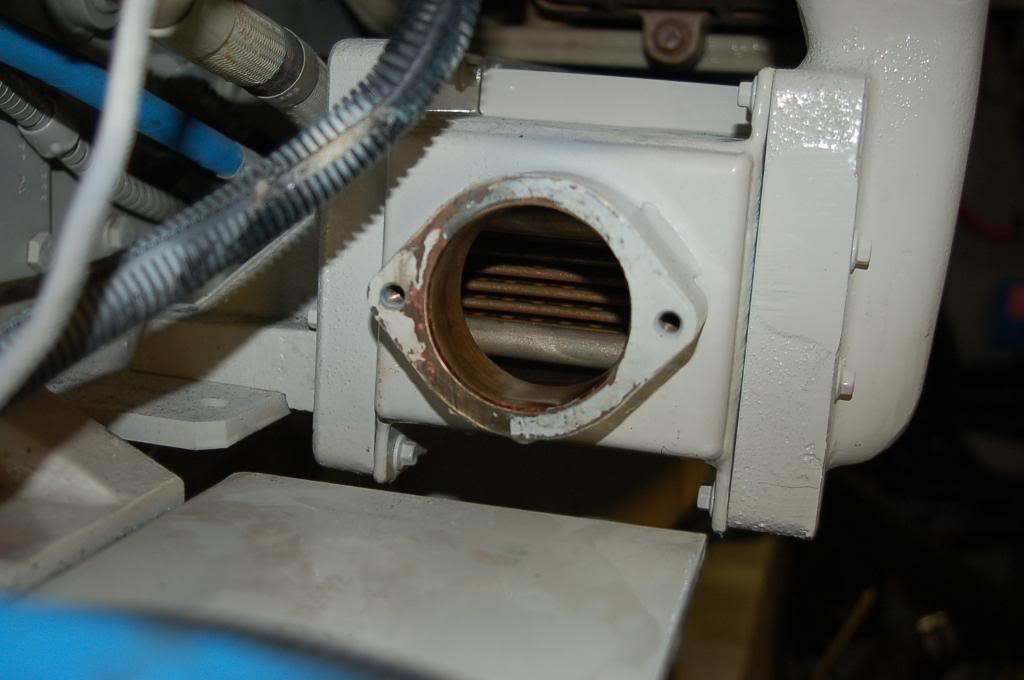missnmountains
Active Member
Coming back from our "Plan B" trip, we left Hawks Cay across the Florida Bay and along the west coast of Florida home to Cape Coral.
About 10 miles north of the Keys, our port engine heated up to around 188 (typically 174-175). Paging through the Smartcraft, I noted the port transmission gear temp was 176 degrees (typically 150 to 155).
We got home ok, but last week, I had our mechanic look at it. He pulled the cooler and noted it was clogged up. An acid dip cleared it out and it is fine now.
My question: is this a normal maintenance procedure? We now have 325 hours on the engines/tranys.
Any help is always greatly appreciated.
Ken
About 10 miles north of the Keys, our port engine heated up to around 188 (typically 174-175). Paging through the Smartcraft, I noted the port transmission gear temp was 176 degrees (typically 150 to 155).
We got home ok, but last week, I had our mechanic look at it. He pulled the cooler and noted it was clogged up. An acid dip cleared it out and it is fine now.
My question: is this a normal maintenance procedure? We now have 325 hours on the engines/tranys.
Any help is always greatly appreciated.
Ken







